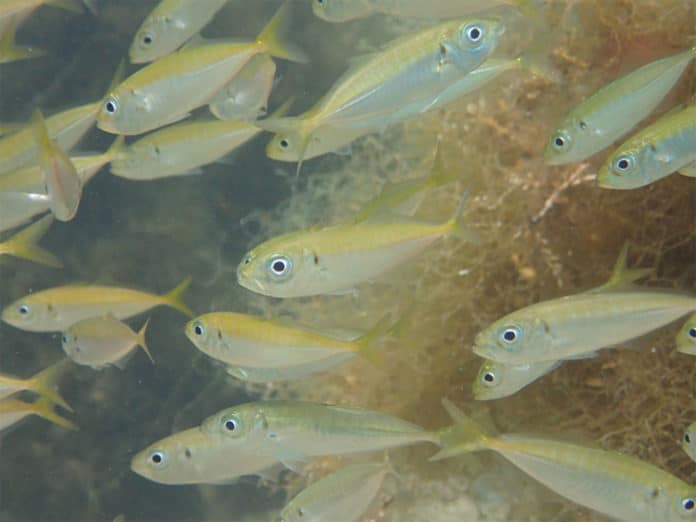According to a new study by National Institute for Environmental Studies, Tohoku University, Shimane University, Kyoto University, Hokkaido University, and Kobe University, it is possible to identify an estimated population abundance of fish species using DNA in the water.
For the purpose, scientists have developed a new method for estimating population abundance of fish species (or, more generally, a target aquatic species) by means of measuring the concentration of environmental DNA in the water.
DNA molecules are released from organisms present, are transported by the flow of water, and are eventually degraded. In a natural environment, these processes can operate in a sophisticated way.
Keiichi Fukaya, a research associate at the National Institute for Environmental Studies, said, “This complicates and limits the traditional approach of population quantification based on environmental DNA where the presence of a definite relationship between the concentration of environmental DNA and population abundance has been critical.”
“We thought that these fundamental processes of environmental DNA, the shedding, transport, and degradation, should be accounted for when we estimate population abundance through environmental DNA.”
Scientists implemented this idea by using a numerical hydrodynamic model that explicitly accounts for the processes to simulate the distribution of environmental DNA concentrations within an aquatic area.
Fukaya explained, “By solving this model in the ‘inverse direction,’ we can estimate fish population abundance based on the observed distribution of environmental DNA concentrations.”
A case study conducted in Maizuru Bay, Japan, confirmed that the estimate of the population abundance of Japanese jack mackerel (Trachurus japonicus), obtained by the proposed method, was comparable to that of a quantitative echo sounder method.
“The idea and framework presented in this study form a cornerstone towards quantitative monitoring of ecosystems through environmental DNA analysis. By combining field observation, techniques of molecular biology, and mathematical/statistical modeling, the scope of the environmental DNA analysis will be broadened beyond the determination of the presence or absence of target species,” explained Professor Michio Kondoh from Tohoku University, who led the 5.5-year environmental DNA research project, funded by the Japan Science and Technology Agency (CREST).
Journal Reference:
- Keiichi Fukaya et al. Estimating fish population abundance by integrating quantitative data on environmental DNA and hydrodynamic modeling. DOI: 10.1111/mec.15530
